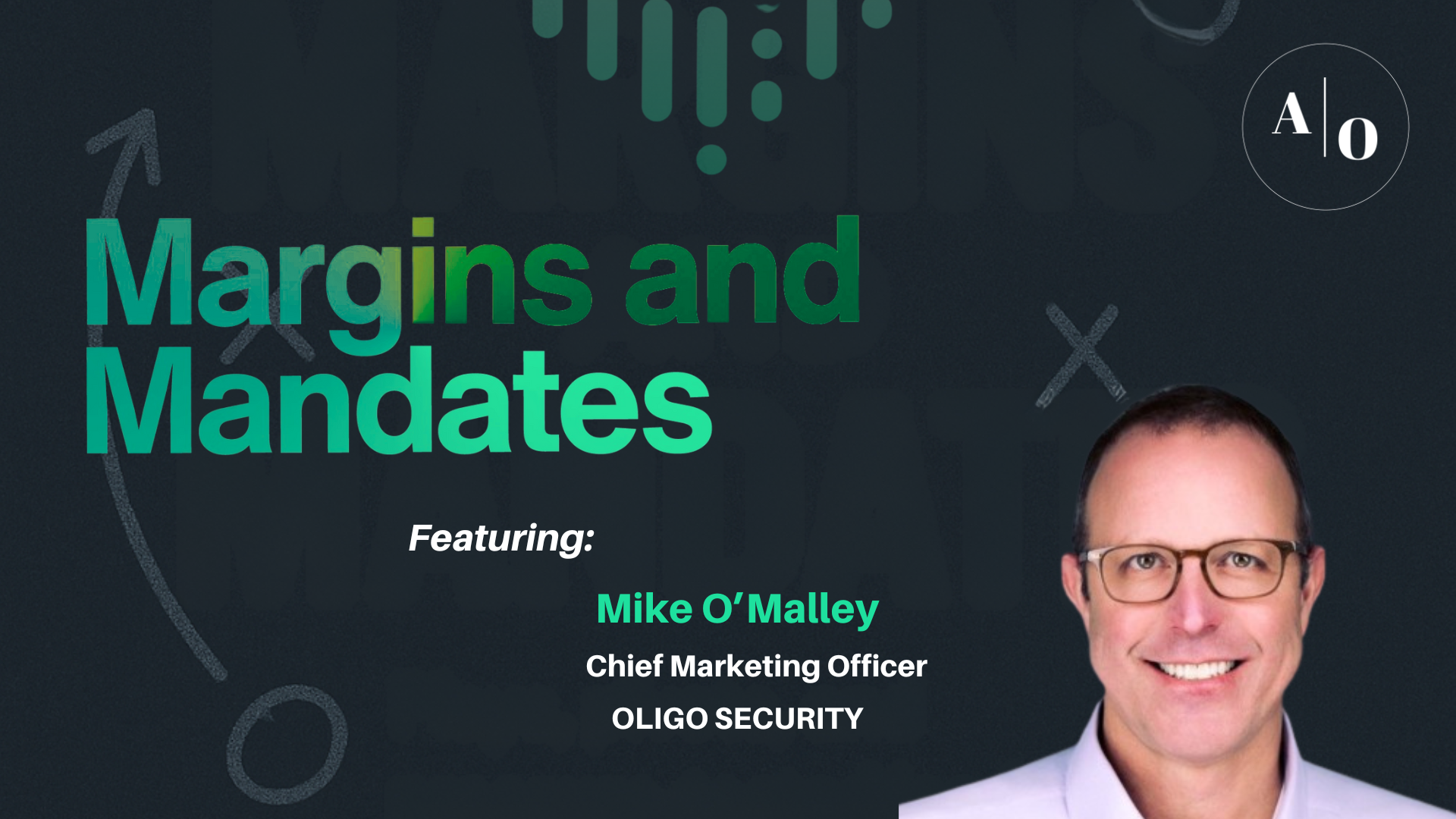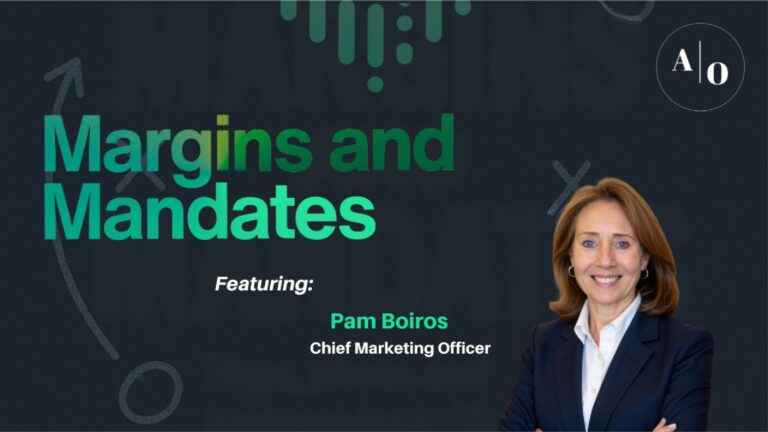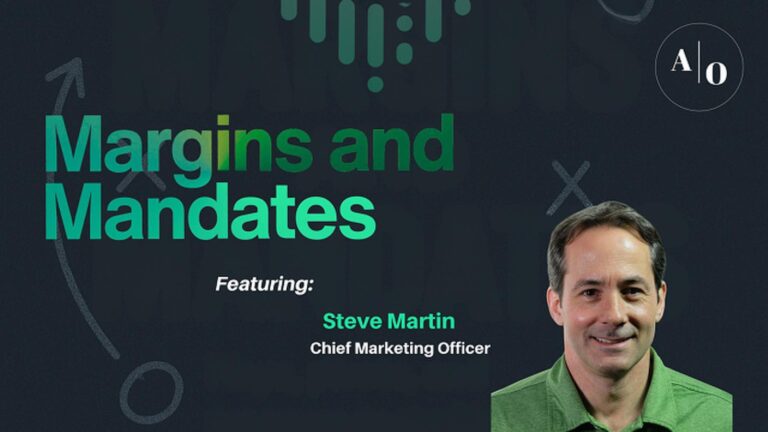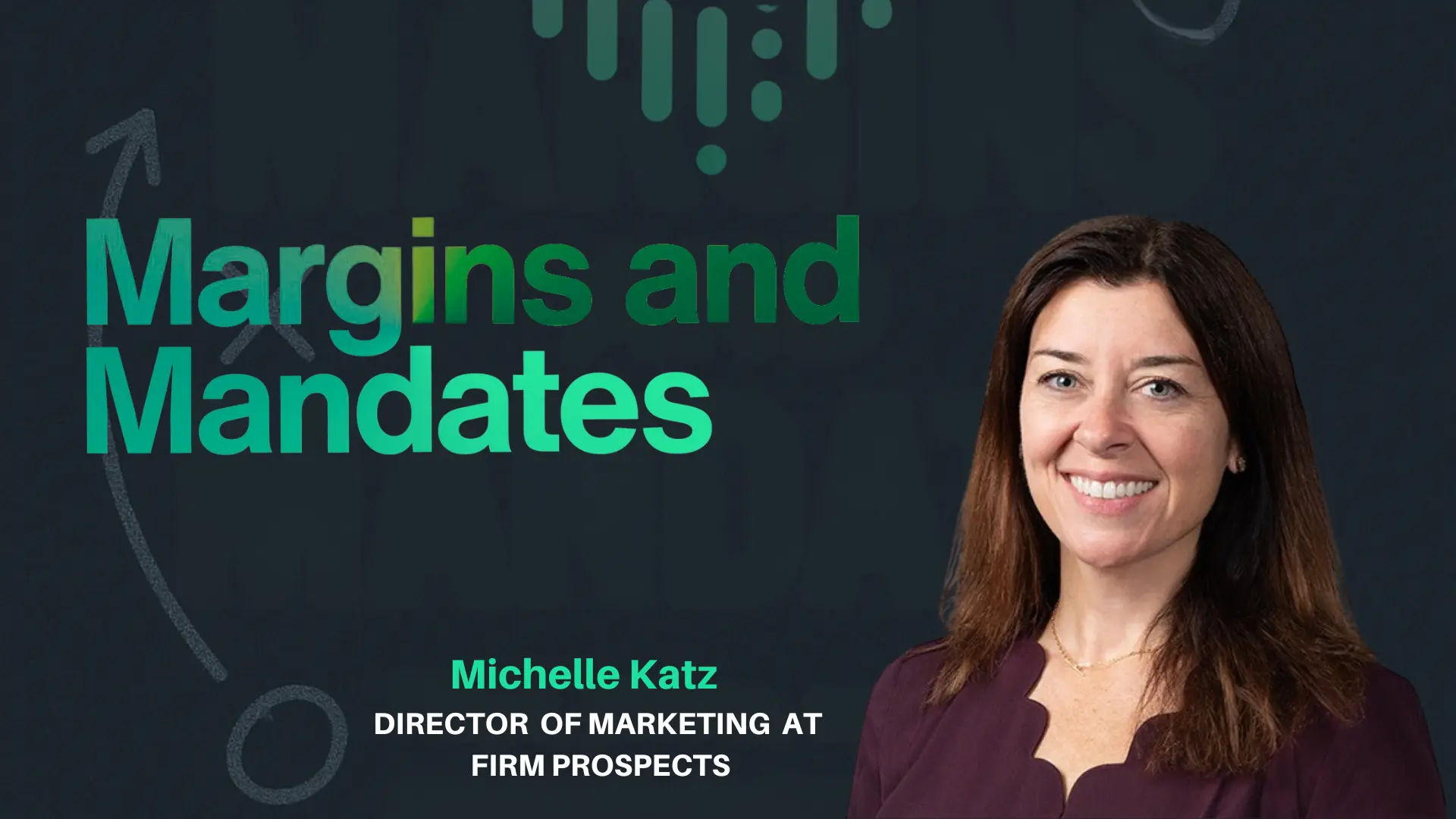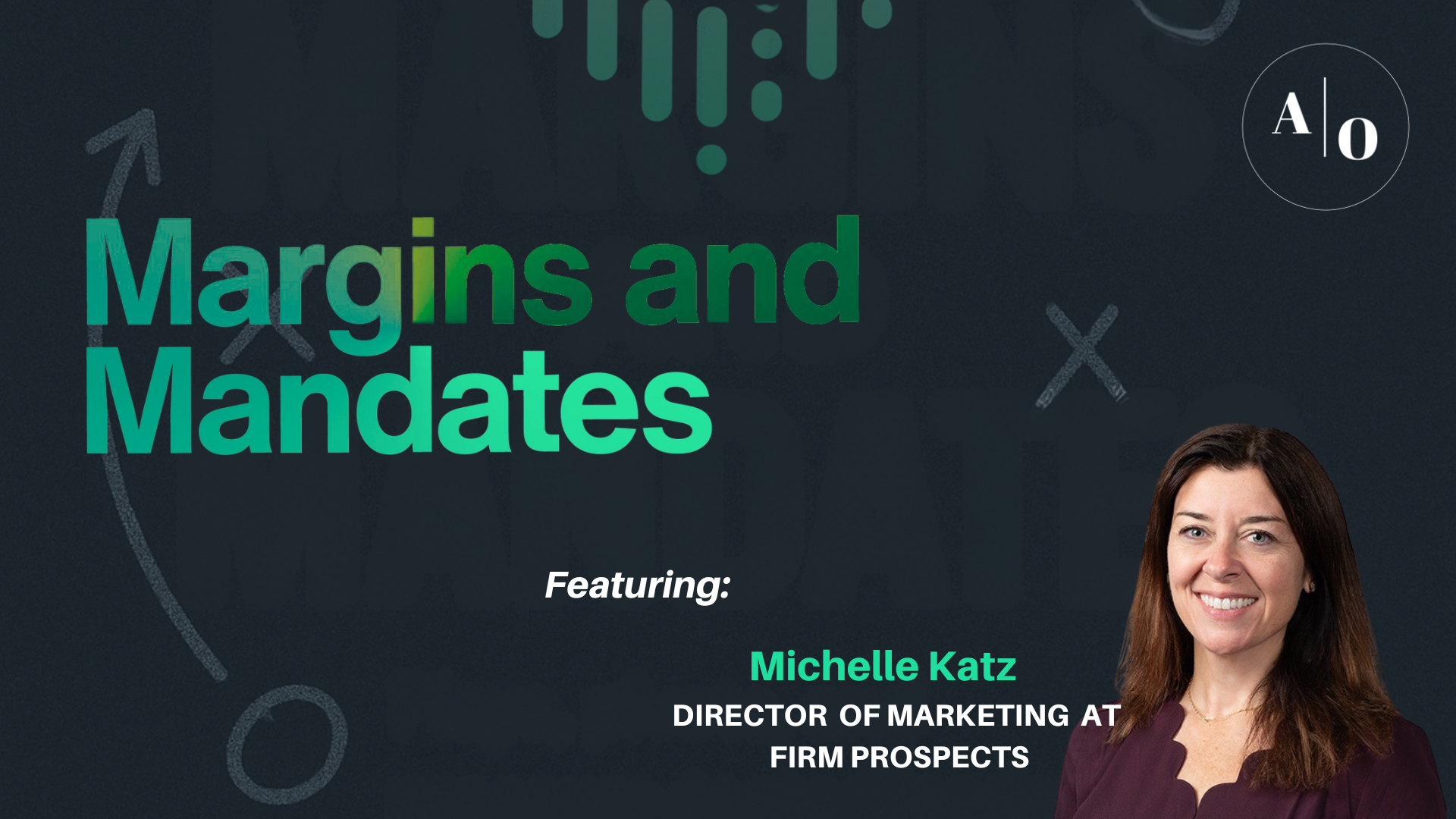In our dynamic SaaS world, while customer acquisition often takes the spotlight, Customer Lifetime Value (CLTV) is becoming the star of the show. CLTV is not just a popular metric but a strategic tool highlighting the untapped potential in your existing customer base. The economics of improving your customer’s spend and longevity has become an increasingly attractive area for investment. There are multitudes of strategies and tactics to consider to drive improvements in CLTV. We will focus subsequent posts on trends and specific programs and actions, but we thought a primer would be helpful to start.
Why CLTV is Critical for SaaS Success?
CLTV meticulously calculates a customer’s total monetary contribution throughout their entire relationship with your business. It transcends the allure of quick wins, offering a clear perspective on the true driver of sustainable growth – customer retention.
In case it’s not obvious, several environmental factors have operators focusing more resources and attention on CLTV.
- The High Cost of Acquisition: Acquiring new customers in SaaS is becoming prohibitively expensive due to rising ad costs and intense competition. The Software Report (2023) notes a slowdown in SaaS revenue growth, emphasizing the need for efficient customer acquisition. Industry benchmarks place the average cost of acquiring a new customer in SaaS between $50 and $150 [1], but research shows it can be 5-25 times cheaper to retain existing ones [2].
- Informed Customer Choices: Today’s SaaS customers are more discerning, with McKinsey & Company (2023) reporting that 70% of B2B buying journeys start online [3]. Understanding customer segments and their CLTV can help tailor offerings and build loyalty. The average CLTV for SaaS businesses in 2023 sits around $5,000, but savvy customers with high engagement can generate 3-5 times that value [4].
- Navigating Economic Uncertainties: Focusing on customer retention is crucial for maintaining stable revenue, especially during potential economic downturns. Studies show that even a 5% increase in customer retention can boost profitability by 25-95% [5]. CLTV helps identify high-value customers, especially those who can weather economic turbulence. You build resilience in the revenue stream by prioritizing their needs and ensuring their continued satisfaction.
Calculating CLTV
The formula for calculating Customer Lifetime Value (CLTV) can vary in complexity depending on the specific business model and the available data. However, a commonly used basic formula is:
CLTV = Average Customer Value × Average Customer Lifespan
- Average Customer Value (ACV): This is calculated by dividing the total revenue over a period by the number of purchases. ACV paints a holistic portrait of a customer’s financial contribution – not just monthly subscriptions but upsells, additional services, and even the invaluable currency of referrals. It is the sum total of their monetary impact on your business. SaaS businesses’ average monthly subscription value varies depending on the industry and product offerings, but industry benchmarks suggest aiming for an ARPU of $50-$100 [6].
- Average Customer Lifespan (ACL): measures the longevity of that contribution and the duration of their loyal partnership. It extends beyond initial contracts, encompassing renewals, extensions, and the enduring benefits of a thriving customer relationship. You can extend ACL and maximize the total value extracted from each customer journey by optimizing customer onboarding, reducing churn, and fostering engagement through valuable content and community-building initiatives.
What is Considered “Good” CLTV?
Determining a “good” CLTV is more nuanced than a single number, as it depends on several factors specific to your industry, business model, and customer base. However, some metrics and benchmarks can help you assess your CLTV and identify improvement areas. Here are some key points to consider:
Industry Benchmarks:
- SaaS Industry: While the average CLTV across all SaaS businesses can vary greatly, depending on specific niches and products, a general benchmark suggests aiming for a CLTV above 5 times your Customer Acquisition Cost (CAC). Many successful SaaS companies boast CLTVs of 10x or even 20x their CAC.
- Specific Niches: Different niches might have more established CLTV ranges within the broader SaaS landscape. For example, CRM software companies might typically see higher CLTVs than e-commerce subscription services. Researching benchmarks within your specific niche can provide a more targeted reference point.
Internal Comparison:
- Customer Segments: Analyze your CLTV across different customer segments. High-value users, power users, or enterprise clients might naturally have significantly higher CLTVs than casual users. Understanding these variations can help you tailor strategies to maximize value from each segment.
- Product Offerings: If you offer multiple products or services, compare CLTVs across different offerings. This can reveal which ones contribute the most overall value and inform future product development or marketing decisions.
Takeaways
Ultimately, the “goodness” of your CLTV depends on your individual business context and strategic objectives. Carefully analyze your unique data, track key metrics, and compare your performance to relevant benchmarks to comprehensively understand your CLTV and identify areas for improvement. Remember, continuous optimization and data-driven strategies are key to maximizing the value within your existing customer base and achieving sustainable growth.
CLTV is pivotal for sustainable growth in SaaS. It’s not merely about new customer acquisition but maximizing the value of existing customers. By focusing on retention, understanding CLTV, and leveraging data-driven insights, SaaS businesses can unlock their true potential and thrive in the evolving market landscape.
References:
- SaaS Industry Report 2023 by The Software Report
- The Loyalty Imperative: How to Build Winning Customer Relationships by Bain & Company
- B2B Buying Journeys: Reimagined for the Digital Age by McKinsey & Company
- ChartMogul, 2023, The SaaS Benchmarks Report
- The Loyalty Effect by Frederick Reichheld
- How to Calculate Customer Lifetime Value (CLV) & Why It Matters by HubSpot

